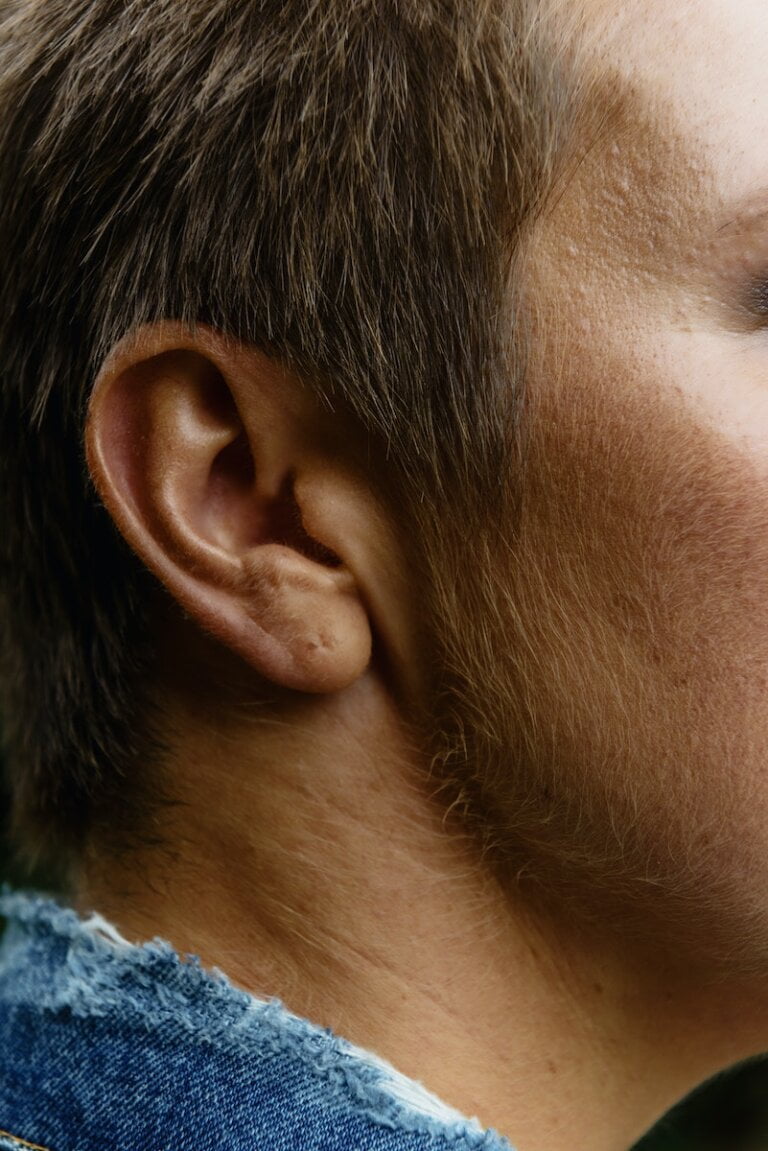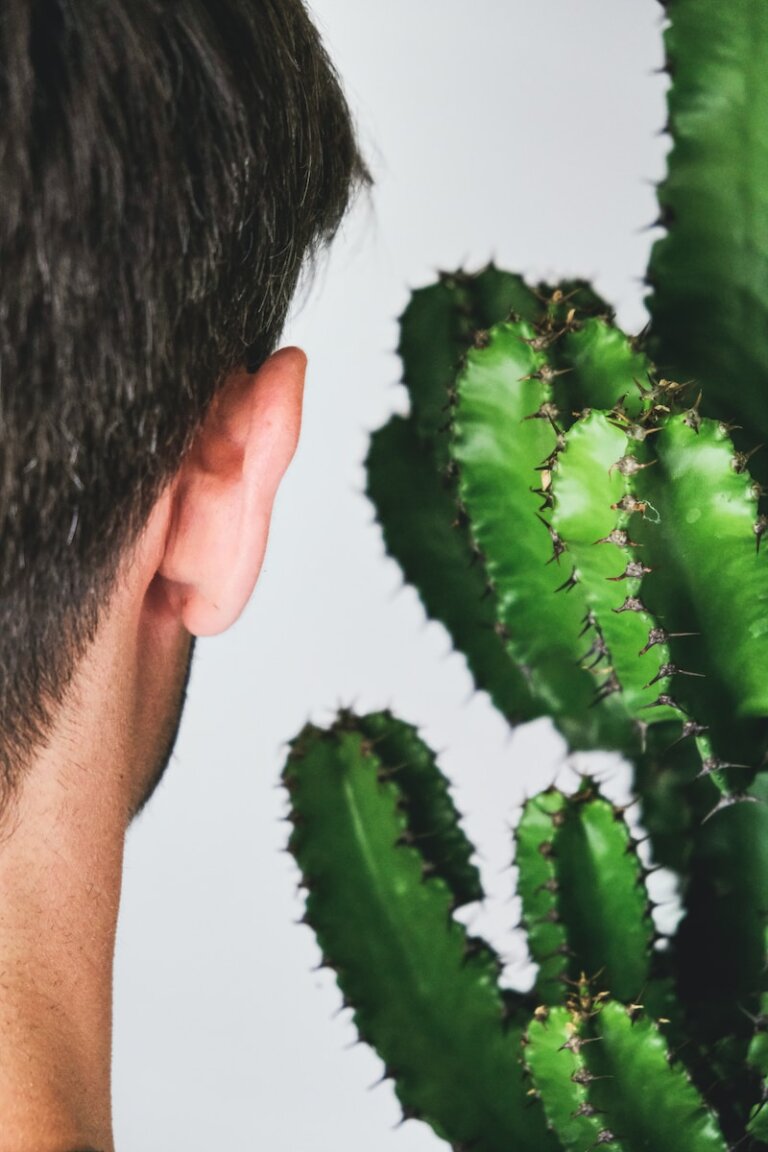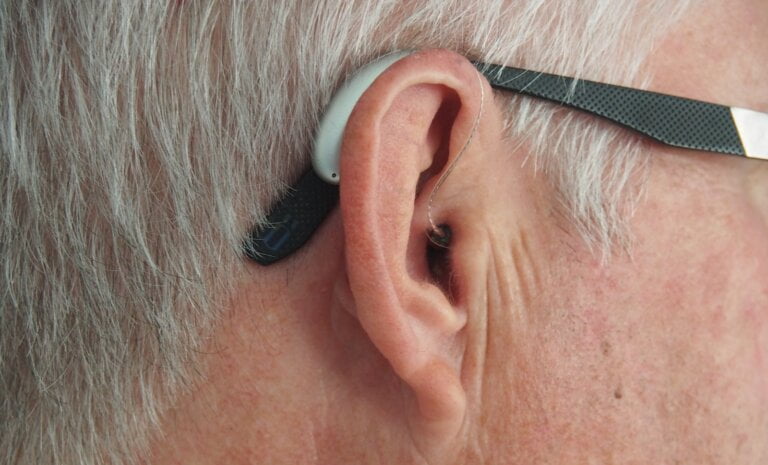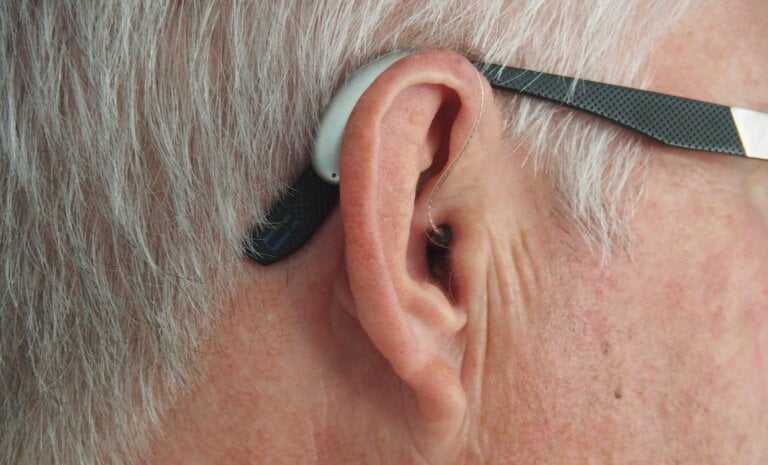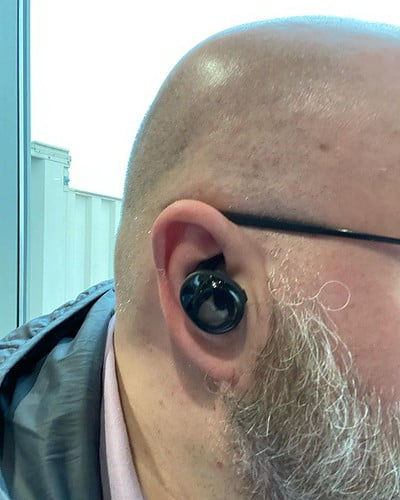Before the Suction: Pre-Procedure Steps for Microsuction Ear Wax Removal
When it comes to earwax removal, two popular techniques have gained significant attention in recent years: microsuction and irrigation. Both procedures aim to safely and effectively remove excess earwax, providing relief from discomfort and potential hearing issues. However, it’s important to understand the pros and cons of each method to make an informed decision that suits your needs. In this article, we will delve into the details of microsuction and irrigation, highlighting their benefits and drawbacks.
Microsuction: A Gentle and Precise Approach
Microsuction is a non-invasive earwax removal technique that utilises a specialised suction device to extract excess wax from the ear canal. This procedure is typically performed by trained professionals, such as audiologists or ear care specialists.
Precision: A Safe and Targeted Method
One of the key advantages of microsuction is its unparalleled precision. The microsuction device offers controlled and targeted suction, allowing for the removal of wax without the risk of damaging the delicate structures of the ear. This makes it an excellent choice for individuals with sensitive ears or those prone to ear infections. The precise nature of microsuction ensures that only the excess wax is removed, leaving the rest of the ear canal undisturbed.
Safety: Minimal Risk of Complications
Microsuction is generally considered safe for people of all ages, including children and older adults. When performed by a skilled practitioner, the risk of complications during microsuction is minimal. The procedure is well-tolerated by most individuals. Unlike other methods that involve inserting instruments into the ear canal, microsuction does not pose a significant risk of injury or discomfort.
Efficiency: Thorough Cleaning and Prevention of Blockages
Microsuction is often praised for its effectiveness in removing stubborn or impacted earwax. The powerful suction ensures a thorough cleaning of the ear canal, reducing the chances of recurring blockages. By removing excess wax, microsuction can alleviate symptoms like hearing loss, tinnitus, or earaches caused by blockages. Regular microsuction can also help prevent the buildup of wax and associated problems, promoting optimal ear health.
Despite its numerous advantages, microsuction may not be suitable for everyone. It’s important to consider the potential drawbacks before opting for this method.
- Availability: Access to microsuction services may be limited in certain areas, especially in rural or remote locations. Before deciding on microsuction, it’s crucial to check the availability of skilled professionals who can perform the procedure in your vicinity.
- Cost: Compared to other removal methods, microsuction can be relatively more expensive. The prices vary depending on various factors, such as the provider’s expertise and location. It’s advisable to inquire about the cost beforehand to avoid any surprises.
- Discomfort: While microsuction is generally well-tolerated, some individuals may experience mild discomfort during the procedure. It’s important to communicate any concerns or sensitivities to the practitioner beforehand to ensure a comfortable experience.
Irrigation: A Flushing Technique for Effective Wax Removal
Irrigation, also known as ear syringing, is a popular method for removing earwax using a gentle stream of water. This technique involves flushing out the wax buildup using a specialised ear irrigation kit.
Accessibility: Widely Available and Convenient
One of the main advantages of irrigation is its accessibility. This method can be performed by healthcare professionals, general practitioners, or even at home using over-the-counter kits. The availability of irrigation makes it a convenient option for individuals who may not have easy access to microsuction services.
Cost-effectiveness: An Affordable Solution
Compared to microsuction, irrigation is generally more affordable. The cost of an irrigation kit is relatively low, and it can provide multiple uses, making it a cost-effective alternative for regular ear maintenance. This affordability makes irrigation an attractive option for individuals on a tight budget.
While irrigation may seem appealing, it’s essential to consider the potential drawbacks associated with this method:
- Risk of injury: Improper or excessive use of ear irrigation kits can potentially cause harm to the ear canal, leading to complications such as infection, perforation, or damage to the eardrum. It’s crucial to follow the instructions carefully and ensure proper technique and equipment usage.
- Messiness: The irrigation process can be messy, resulting in water leakage or splashing. Taking precautions, such as using towels or performing the procedure in a controlled environment, can help minimise the messiness.
- Caution for certain individuals: Individuals with a history of ear surgeries, ear infections, or a perforated eardrum may not be suitable candidates for irrigation. It’s important to consult with an Audiologist to determine the appropriateness of this method based on individual circumstances.
Choosing the Right Method for You
When deciding between microsuction and irrigation, it’s essential to consider your specific needs, preferences, and any underlying medical conditions. Here are a few key factors to consider:
- Severity of wax buildup: If you have a significant wax buildup or a history of impacted wax, microsuction might be the more appropriate choice due to its precision and effectiveness. Microsuction can precisely target and remove stubborn wax, ensuring a thorough cleaning.
- Comfort and sensitivity: If you have sensitive ears or are prone to infections, microsuction’s gentle and controlled suction may be preferable. Microsuction minimises the risk of discomfort or injury to the ear canal, making it a suitable option for individuals with these concerns.
- Accessibility and cost: If access to microsuction services is limited or if cost is a significant consideration, irrigation could be a more accessible and cost-effective option. It’s important to weigh the availability and affordability of both methods before making a decision.
- Medical history: Individuals with a history of ear surgeries, infections, or perforated eardrums should exercise caution and consult with an Audiologist before opting for either method. The healthcare professional can provide personalised advice based on individual circumstances.
In conclusion, both microsuction and irrigation provide effective solutions for earwax removal, each with its own set of advantages and disadvantages. By considering your specific circumstances and consulting with a qualified Audiologist, you can make an informed decision that results in safe and efficient earwax removal, ensuring optimal ear health and hearing.


